Design Criteria
- Cheap – Only one planned to use.
- Reliable – I had over 500 pairs of spot welds to make
- Easy and quick to make - ideally using parts I had to hand
- Relatively Safe – No high voltages floating about
Introduction
As part of my electric mountain bike project I needed a large lithium battery. Not finding anything in my budget I decided to make a 18650 battery pack to my specifications.
I needed to be able to spot weld nickel strip to the 18650 cell terminals. 18650 spot welders are widely available on the net and probably worth the investment if you have the demand for it. However, I only planned to build one battery pack, so I made my own spot welder.
A brief search of other people’s projects revealed many microwave oven transformer-based devices. This seemed complex and a bit dangerous to me. I didn’t have a microwave oven I was willing to sacrifice. I did have a perfectly good high current source in my car that was sitting around doing nothing most of the time. Would it be possible to use a car battery with a timed switching circuit for spot welding?
A quick YouTube search found darkkevind’s channel. In this video in particular https://youtu.be/o1NFbchHeM8 he demonstrates his spot welder. His device is a standard car battery connected to a motorbike starter motor solenoid. The solenoid is triggered by a push button which switches power to two welding electrodes made from copper nails. His design worked well but I felt I could build on it to make a more reliable system.
Build
My design features a DELCO 130493 (pattern part) starter solenoid as the current switch. I liked the layout of the terminals which could be linked nicely to an ‘offset’ battery terminal clamp. The bracketry also allowed the electronics enclosure to be mounted neatly. All items are very low cost.
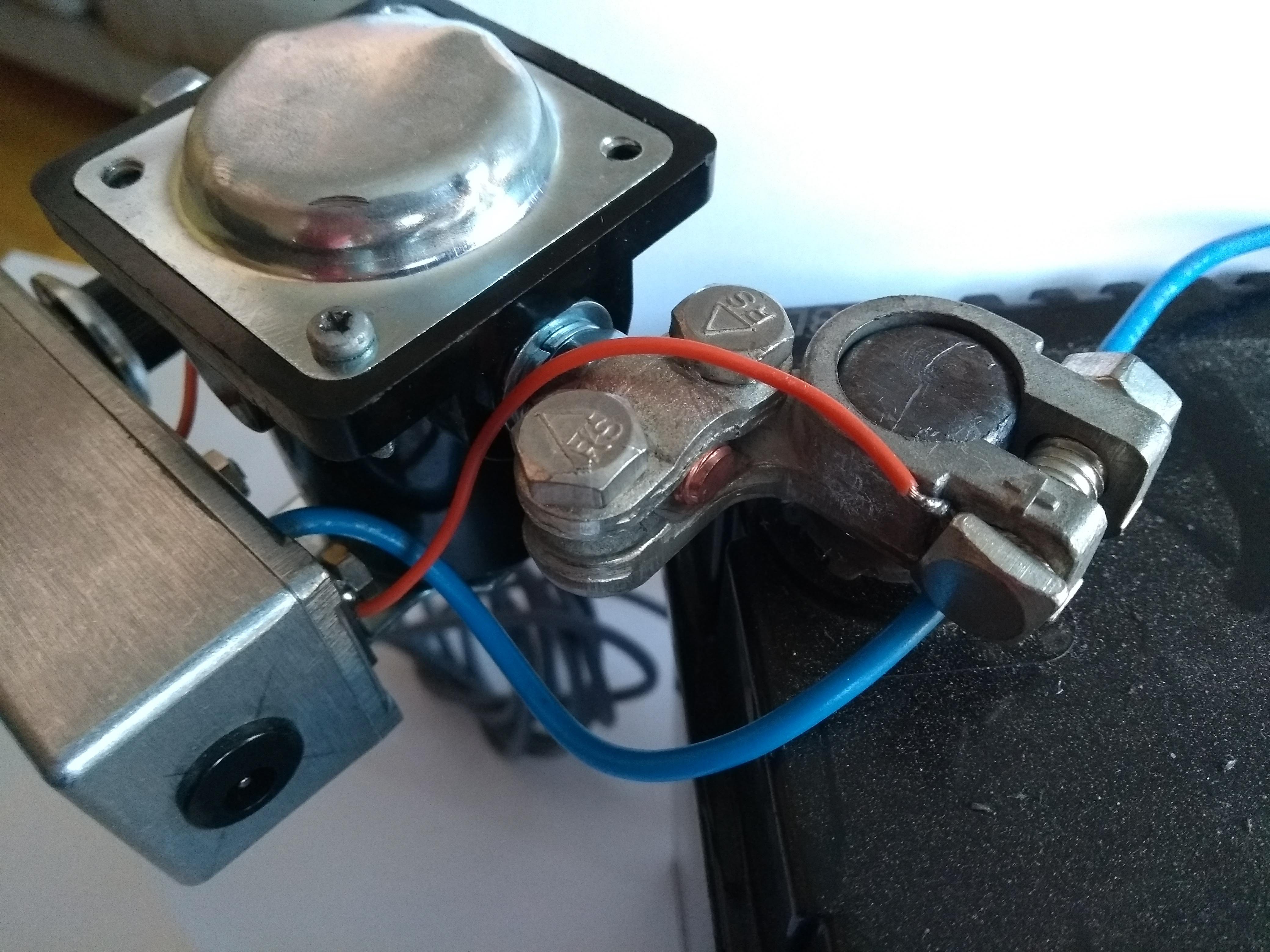 | 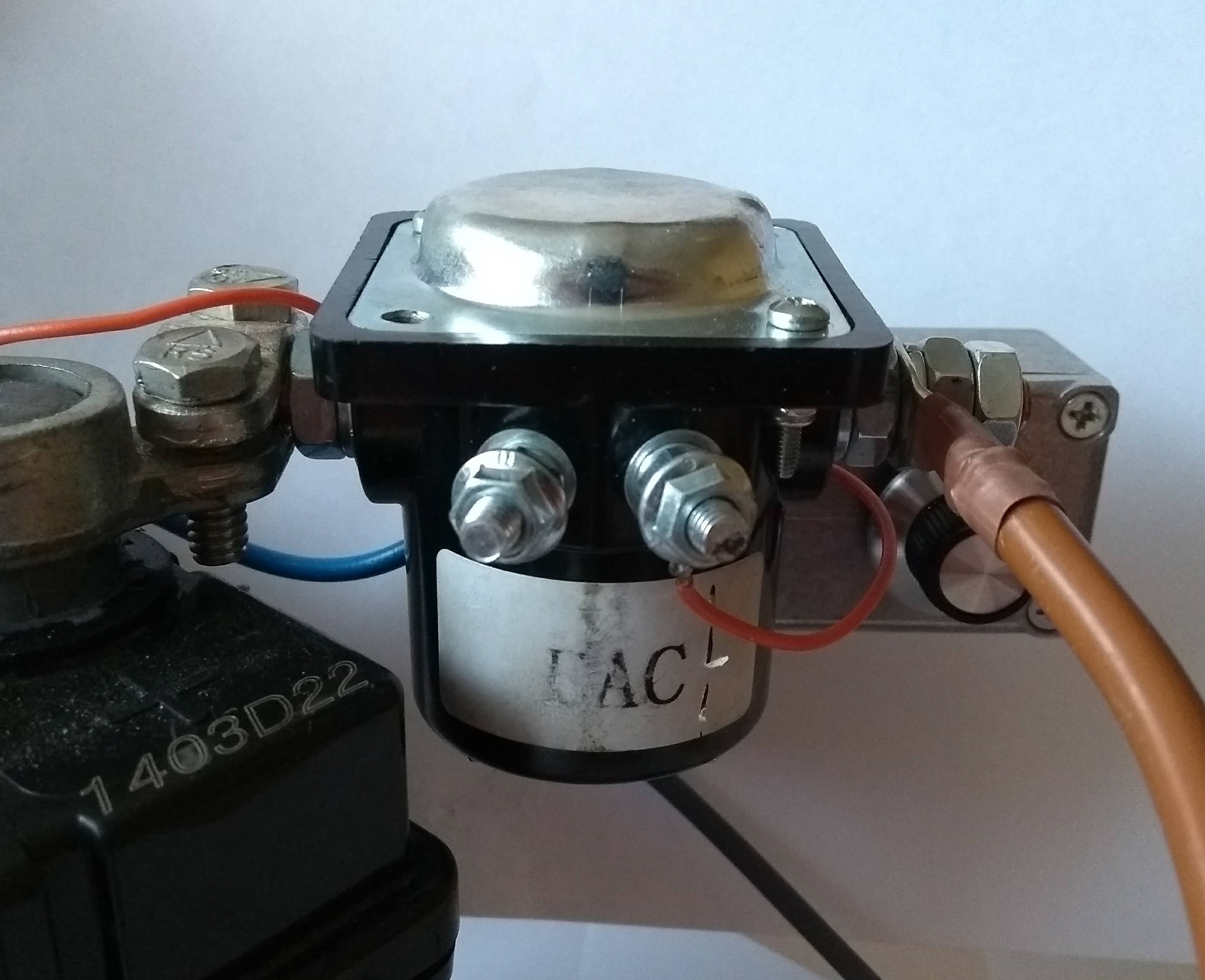 |
| Above: 8mm solenoid terminal studs clamp nicely into battery terminals | Above: Solenoid coil is between small stud on right and mounting bracket |
The solenoid is controlled by a timer circuit built around CD14538BE dual monostable multivibrator operating in non-refrigerable mode. A few passives are used to debounce a basic foot switch as the input. The solenoid coil is driven by a FQP30N06L mosfet. The timer is adjustable between 10 and 110ms via a potentiometer. The circuit Is powered by a separate 9V battery although it could be powered by the car battery with proper decoupling. This is all mounted in a die-cast aluminium enclosure. Note that the solenoid coil is connected between the screw terminal ‘S’ and the mounting bracket. The ‘I’ terminal is the NC contact of the solenoid not a coil connection.
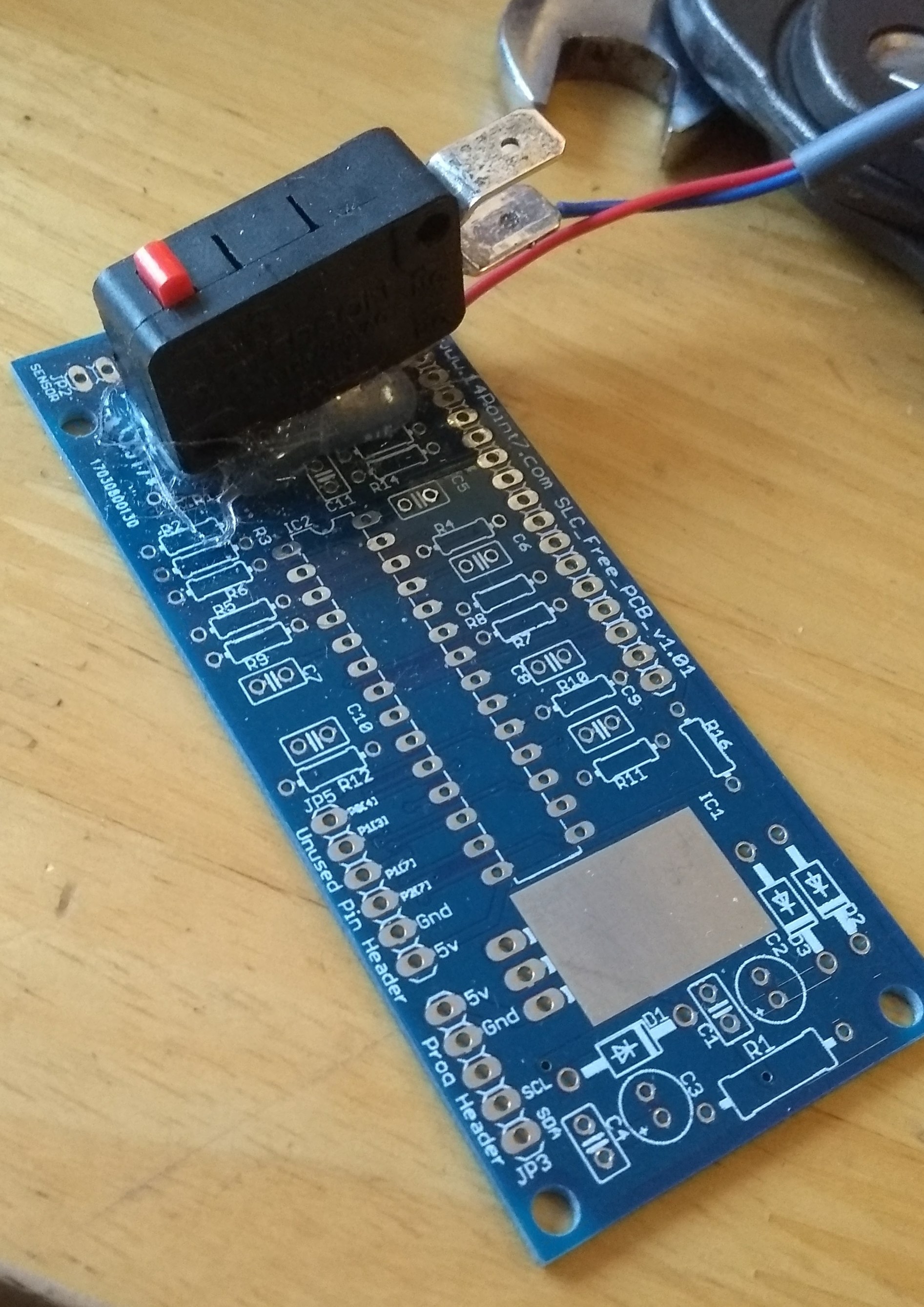 | 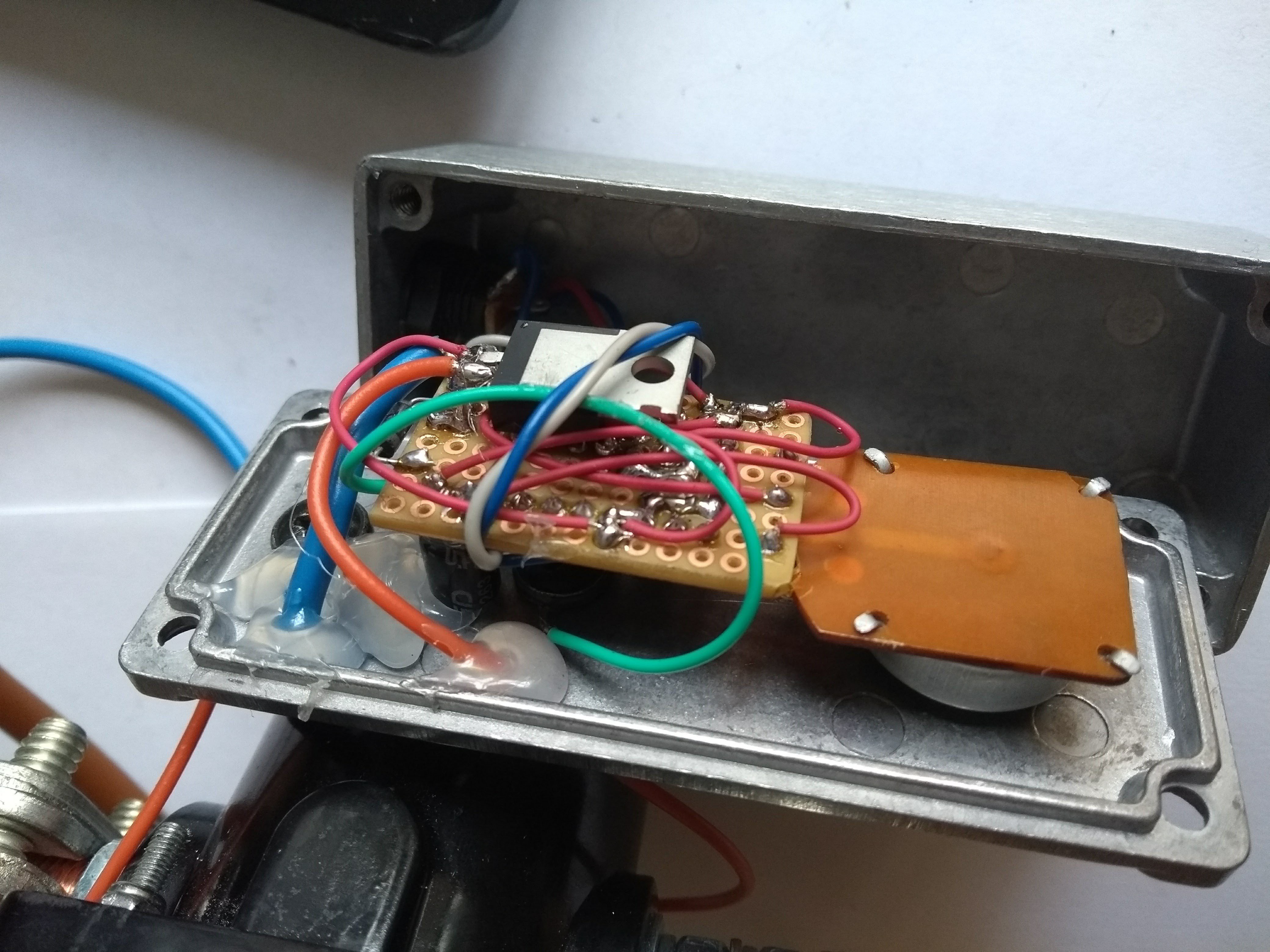 |
| Above: Foot switch. Worked surprisingly well when taped to floor... | Above: Timer circuit |
The electrodes are made using copper nails soldered to short lengths of 8awg stranded cable. The copper nails can be quickly sharpened using a file therefore did not require them to be replaceable. A few layers of heat shrink provide thermal and electrical insulation.
 |
| Above: Copper nail electrodes soldered to 8mm stranded cable |
Despite the slow switching of the solenoid, the contacts will stay closed for the same duration as the current that was supplied to the coil. The solenoid takes around 5ms to close but the diode across the coil keeps the magnetic field active, allowing accurate pulses at the 10ms minimum setting of the timer.
Initial Testing
The first tests were rather exciting. The battery is only a few months old and the internal resistance is very low, resulting in very high current pulses which would destroy the nickel strips if the pulse was more than 20ms or so. Lots of flying molten metal…
I experimented with a ‘current limiting resistor’ formed of a length of 1.6mm TIG welding filler wire. This allowed me to run longer lower current welding pulses. I found that the result was a much stronger weld than a shorter higher current pulse....
Read more » Rory
Rory

 CriptasticHacker
CriptasticHacker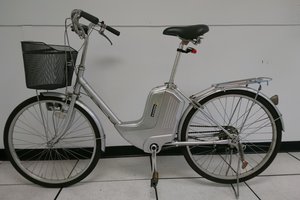
 Lucas Rangit MAGASWERAN
Lucas Rangit MAGASWERAN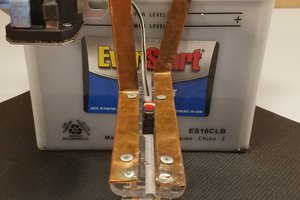
 MasterOfNull
MasterOfNull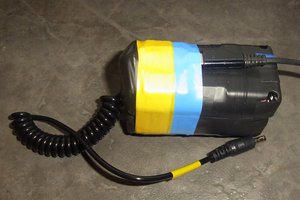
 andyhull
andyhull
I like your DIY current limiting resistor idea. I also had issues with the current being too high, requiring pulses which were too short to be practically controlled without an MCU.